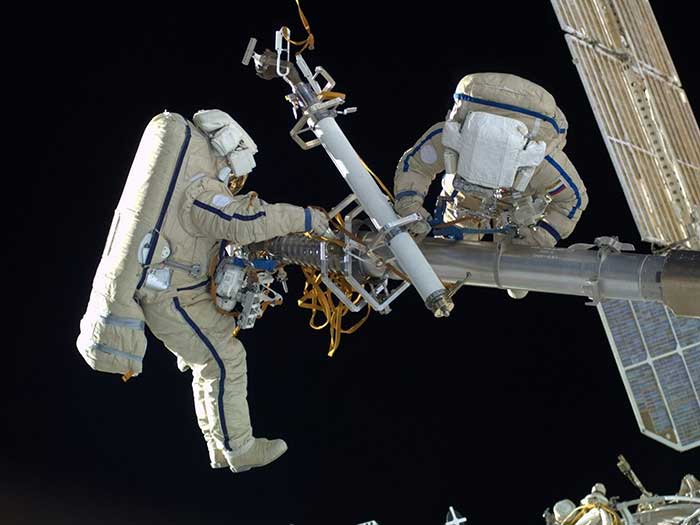On Friday, the Russian Space Agency (Roscosmos) launched a rescue spacecraft that will bring back two cosmonauts and one NASA astronaut back to Earth. Cosmonauts Sergey Prokopyev and Dmitri Petelin and NASA astronaut Frank Rubio got stranded and unable to return to Earth after coolant was detected to leak from the Soyuz MS-22 which took them to the International Space Station (ISS) in September.

The coolant leak was discovered on December 14, and it will make the MS-22 inoperable to bring back the astronauts. The director of crewed space flights at Roscosmos, Sergei Krikalev, said it will be too dangerous to fly the damaged spacecraft home, and NASA seems to agree. Without a coolant, experts said the temperature in the spacecraft cabin will rise to unbearable levels on the trip back to Earth and that this would damage computers and other scientific equipment, endangering the health of the suited-up astronauts too.
Prokopyev, Petelin, and Rubio were supposed to stay at the ISS for six months, but their stay will have to be extended to one year given that another spacecraft that will bring them home will be ready for launch in September. The replacement spacecraft that launched on Friday in Kazakhstan is named the Soyuz MS-23 and is loaded with 948 pounds of cargo strapped to its three seats. It is expected to dock at the ISS on Sunday.
Two NASA officials traveled to Kazakhstan to witness the launch and they reported that the Soyuz entered orbit exactly 9 minutes after takeoff. Rob Navias at NASA Mission Controls in Houston confirmed this.
Apart from the coolant leak on the Soyuz MS-22 in space, Russia also found another leak from its Progress 82 cargo ship which is anchored to the ISS. Krikalev said the leaks in both spacecraft were likely caused by a crash with small meteoroids. He said micrometeoroids traveling at about 17,000 mph (27,400 km/h) can hit the capsules and cause coolant to leak from their radiators, and that collision with space junk from anti-satellite missile tests may also be responsible.
During their return back to Earth in September, Prokopyev, Petelin, and Rubio’s new Soyuz will tow back the damaged MS-22 to Earth where Russian space engineers can study it to determine what actually went wrong with it.
